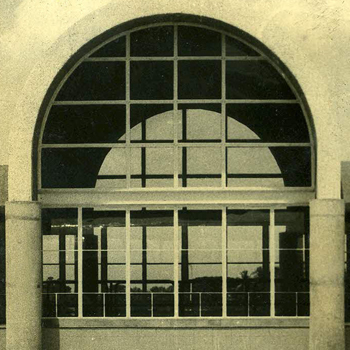There exists a complex built environment around us that has evolved out of the various needs. We constantly participate in their environment, with other living and nonliving things. In the process of this interaction, we respond to them in a respectful manner. Depending upon the needs, we come in contact with the built environment, which is mainly composed of buildings (here, plantation as a deliberate action can also be a built environment). Obviously, we express them verbally as well (depending upon their uses). as a temple," 'a house," 'a shop," etc. These verbal expressions are merely based on our past experiences, and thus, these interpretations are nothing but identification of the building types that stand for that specific use.
Visual attributes basically help in the identification. We have strong notions of this environment around us. Such an identification is an inevitable process. Basically, we have the visual image in our mind rather than the verbal interpretations. The human mind is aided by the existence of structure in the world. The fact that it is almost always possible to guess the category name even when a very small position of the object (or organism) is seen suggests that for most objects. Perpetual and functional features occur in some unique bundles. In other words, objects within a category appear to substantially share features that show a clear correlation.
New examples appear to have been positioned with respect to the center, based on the degree of similarity in their features.
People appear to have perceptions about the office buildings or its 'officeness." It is important that the building or product form shows its belongingness to the category in order that it would be potentially recognized as its legitimate member, and not by default but through conscious and systematic efforts, it becomes necessary to have belongingness, which evokes respective emotions of the building environment. This enhances the quality of the environment. In the process of design, we not only give strategies for the mere reproduction of existing products or buildings, but always new interpretations, which are quite often based on typicality.
